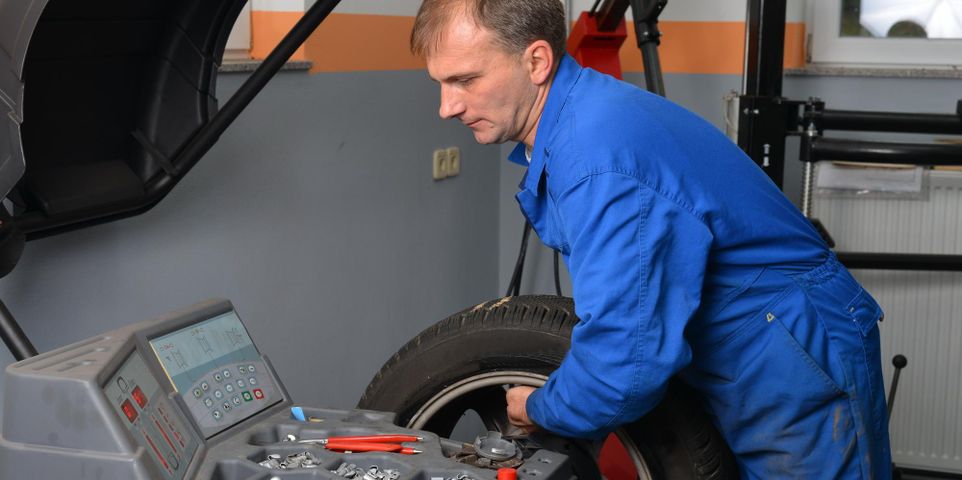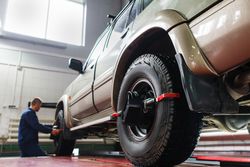
Even tread wear can prevent tire ruptures and spin-outs that put everyone on the road in danger. That’s why car owners should invest in routine tire alignment and balancing. Although one goal of both services is to help equipment last longer, there are also key differences regarding why each is performed, as outlined below.
Tire Alignment
In addition to severe tire wear, the steering wheel could pull to the side when wheels aren’t properly aligned. When performing tire alignment, technicians inspect the wheel angles, pivot angles, and tire position. They will make the appropriate adjustments to ensure wheels work together to help tires grip the road evenly. Proper alignment curbs friction when the car moves, which helps save fuel and prevents an uncomfortable, bumpy ride.
Tire Balancing
 When the weight distribution in the wheel is uneven, the tread can wear rapidly. The weight imbalance is often accompanied by floorboard, seat, or steering wheel vibrations. To correct the weight distribution issues, a technician places the tire and wheel assembly on a balancing machine. Spinning the assembly makes it easier to measure the balance discrepancies. A technician installs tire weights to restore the correct balance. In addition to slowing tread wear, tire balancing relieves strain on the drivetrain to help it last longer.
When the weight distribution in the wheel is uneven, the tread can wear rapidly. The weight imbalance is often accompanied by floorboard, seat, or steering wheel vibrations. To correct the weight distribution issues, a technician places the tire and wheel assembly on a balancing machine. Spinning the assembly makes it easier to measure the balance discrepancies. A technician installs tire weights to restore the correct balance. In addition to slowing tread wear, tire balancing relieves strain on the drivetrain to help it last longer.
For tire alignment and balancing to improve vehicle handling and performance, contact High Point Tire & Automotive. Serving clients in North Carolina’s Piedmont Triad region for over three decades, the ASE-certified technicians are qualified to provide auto repair and maintenance services to make your ride safer to drive on country roads, city streets, and major highways. If you need new tires, they carry equipment by Michelin®, BFGoodrich®, and more brands known for impeccable quality. Find special offers online and call (336) 882-6215 for tire services.
About the Business
Have a question? Ask the experts!
Send your question

